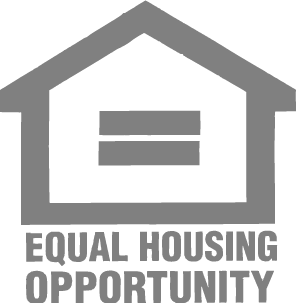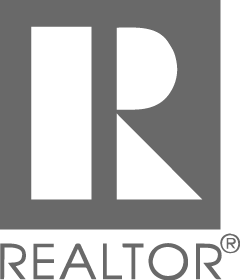Since 2010, there have been a ton of new projects and developments springing up throughout the city. With the start of a new decade almost upon us, we thought we’d take a look back at some of the buildings that weren’t around to add to our skyline just a few years ago.
The Austonian
From 2010 – 2018, this was Austin’s tallest building. The Austonian was the true start to showing how important and lucrative high rise residential buildings can be in Downtown Austin. The skyline wouldn’t be the same without the 683 feet condominium tower.
The Independent
In 2019, the Austonian was usurped in height by the Independent, standing at 690 feet, the building became the tallest in Austin and the tallest all-residential building in the United States west of the Mississippi River. The unique design is always brought up in architecture talks for its Jenga-like look.
Robert B. Rowling Hall
The University of Texas campus is beautiful and has a huge impact on the city year after year, but the new graduate business facility is an even bigger fixture. The 497,500 square-foot building connects to the AT&T Conference Center and Hotel.
Northshore
The 424-foot building has 38 stories, 439 apartments, and is a quintessential mixed-use development. The building comes with a private lounge, pool, concierge, and a variety of great amenities.
70 Rainey
The last ten years have brought particular change to the Rainey District. The tallest of the new towers to the historic Rainey Street is 70 Rainey, and it’s sure to be one of many luxury buildings to connect Rainey to the rest of Downtown.
The last decade has brought a variety of changes, and we know the next ten years can really evolve the city dynamic and skyline even more. If you ever have questions about where we see Austin going and what the changes can bring for your investment properties, don’t hesitate to reach out to TALK Property Management at (512) 721-1094.


